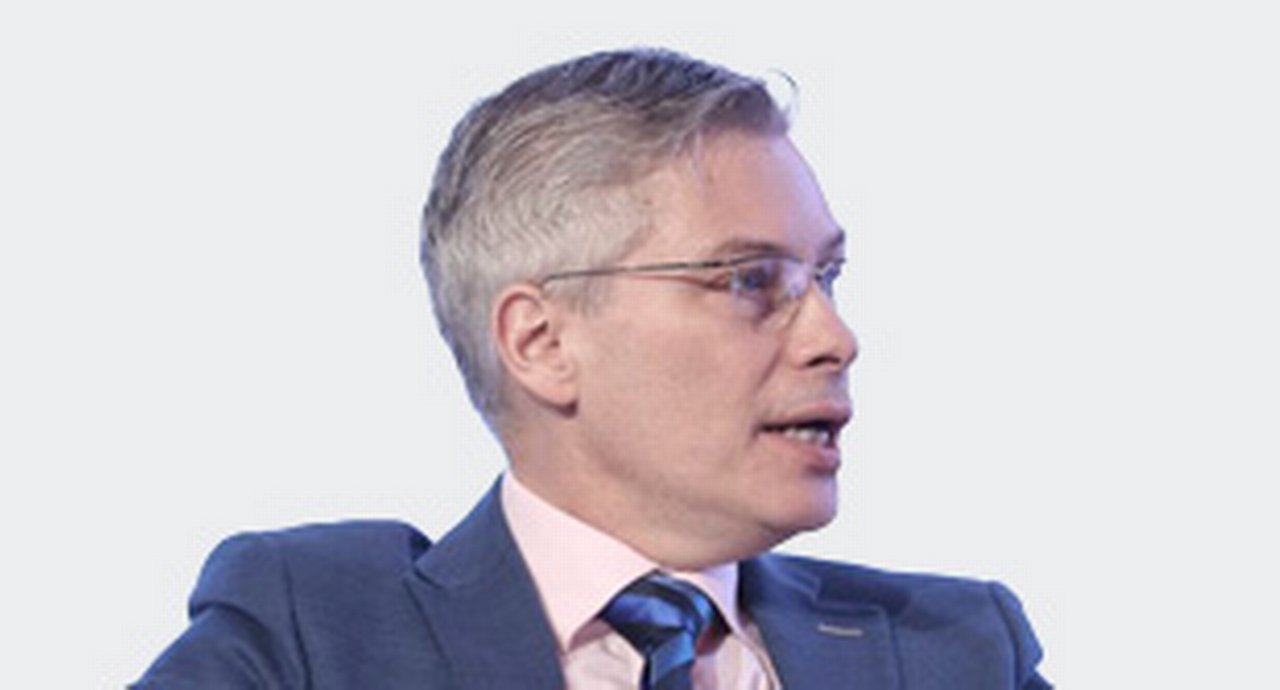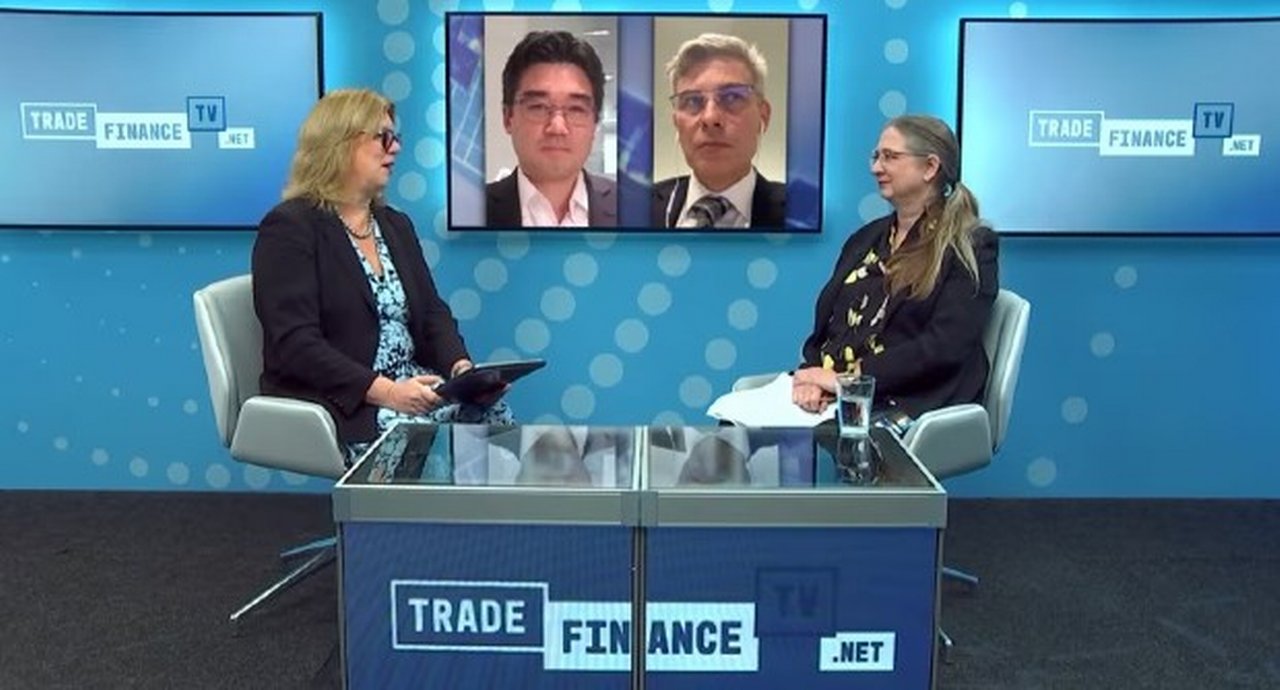17 October 2023
Understanding the intricacies of financing renewable energy projects is essential as nations step up efforts to achieve their net-zero goals, explains Deutsche Bank’s Matthew Moodey in The Asset
MINUTES min read
Following COP27 in Egypt last year, governments and organizations have redoubled their efforts to reduce carbon emissions and reaffirmed their commitment to limiting global temperature rise to 1.5 degrees above pre-industrial levels. A critical part of achieving this goal is tackling the emissions generated by energy production in regions such as Asia-Pacific which have emerging economies that have traditionally relied on fossil fuels to support their development.
According to Matthew Moodey, head of trade finance and lending for Asia-Pacific at Deutsche Bank, there has been a focused approach by various countries in the region to build up renewable energy capacity to meet their net-zero goals through different financing needs. Some of the most interesting renewable energy developments in Asia have been in China and India, which have ramped up their renewable energy power production.
Video 1: Ensuring renewable energy development is affordable for emerging markets
China in terms of installed capacity is the world’s largest market and ideologically the Chinese government has pushed a lot of infrastructure projects through their state-owned enterprises (SOEs). This gives them a lot of control over the projects and policies which they can quickly implement through their SOEs. In China they do infrastructure development via a leasing format where these companies set up leasing entities to support projects, explains Moodey. “You have two different sides to the story in China, one is how they build their installed capacity which they have been very successful at, and the other side is the manufacturing side, which not only supports onshore projects but also supports offshore projects as well.”
In India, renewable energy project costs tend to be the main area of contention when executing such constructions. “Within India, we are seeing demand for short-term facilities during the construction phase, we see demand for SBLCs (standby letters of credit) to support that construction to keep the construction costs low,” Moodey says.
“Renewable energy in Southeast Asia is quite costly compared to coal power, so we’ll need to look at who will subsidize them for those additional costs”
There is a similar push to adopt renewable energy sources from Southeast Asian countries, which have to walk a delicate balance between enabling decarbonization while at the same time reducing poverty. “Politicians in Southeast Asia want to grow their economy and lift their people out of poverty, and they want to do that by improving their living standards, they need to do that in affordable way,” highlights Moodey. “Renewable energy in Southeast Asia is quite costly compared to coal power, so we’ll need to look at who will subsidize them for those additional costs. The other problem with renewable energy is the stability of the grid. You have a grid problem across Southeast Asia and you need further investment to address this.”
Intermittency risk
A clear understanding of these challenges is critical to support further renewable energy development in the region. While there is a steady increase in power production from renewable sources, there is a higher risk of intermittency if the grid is not modernized enough for the transmission of renewable power to population centres that need it.
Looking to address these issues, Deutsche Bank and other banks in the region have collaborated with various stakeholders such as public sector institutions to provide advice and customized financing to make renewable energy projects economically viable. “There needs to be a clear policy from a lot of these countries backed up by legislation. We are starting to see that come out in is the last several years such as the JETP (Just Energy Transition Partnership) coming out of Indonesia. We have our own in-house ESG advisory arm and function to work closely with SOEs in some of these markets to help set their policy and bring about best practices in these markets,” shares Moodey.
Video 2: Tackling the challenges behind renewable energy development in the Asia Pacific
The right incentives have to be put in place, including feed-in tariffs, power purchasing agreements, and tax benefits to ensure that capital flows into some of these projects.
“Deutsche Bank has also forged close partnerships with export credit agencies (ECAs) to help mitigate the risk of infrastructure projects. “We use ECAs because either the country risk or the risk of the project is not bankable by the bank. You look to the ECAs to wrap around that type of risk and work with projects that are so sizable that we need debt that is outside of the bank itself,” explains Moodey. “I think the conversation between ECAs, banks, project owners and EPC contractors is multi-pronged. ECAs want to see their own EPC contractors in there, their own percentage of equipment and supply. Owners are looking for the best price, they are often shopping around different markets and countries as well.”
Moodey cites the rapid development of offshore wind farms in Taiwan over the past several years to underscore the significant role ECAs play in making projects viable. “The key strategy for banks working with ECAs is connecting the dots to ensure both financial and non-financial risk topics such as ESG considerations are addressed,” he says.
Supply chain flows
Deutsche Bank is also actively supporting supply chain flows between China and India, particularly with regard to renewable energy equipment such as solar panels. “We have seen a really big pivot in the last two years linking China and India, we are seeing a lot more demand. We have a very strong network and capability in India and, of course, we have a big business in China,” notes Moodey. “What we have seen in the last 12–18 months is supporting those flows from China into India and supporting the owner side and the exporter side as well.”
Outside of emerging markets, Moodey is particularly excited about the renewable energy developments in Australia, which, similar to Europe, has established itself as a robust project finance market with project sponsors having access to private institutional capital. “We see a lot of Australian renewable energy deals being done in the project finance format and the emergence of renewable energy zone projects,” he says.
Video 3: Leveraging partnerships and enabling investment flows to grow renewable energy usage
Earlier in 2023, Deutsche Bank expanded its sustainable finance portfolio in Australia, providing a A$73m (US$46.75m) debt facility for Global Power Generation Berrybank Stage 2 Wind Farm and Battery Energy Storage System.
As part of its efforts in supporting supply chain finance development in the region, the bank recently signed a deal with the Asian Development Bank (ADB) to enhance access to financing for small and medium-sized enterprises in the region.
All these exciting developments in financing renewable energy projects across the region highlight the pivotal role that banks are playing in supporting countries in their efforts to decarbonize and achieve their sustainability goals.
This article and the accompanying videos have been reproduced from The Asset and can be viewed in their original form here




